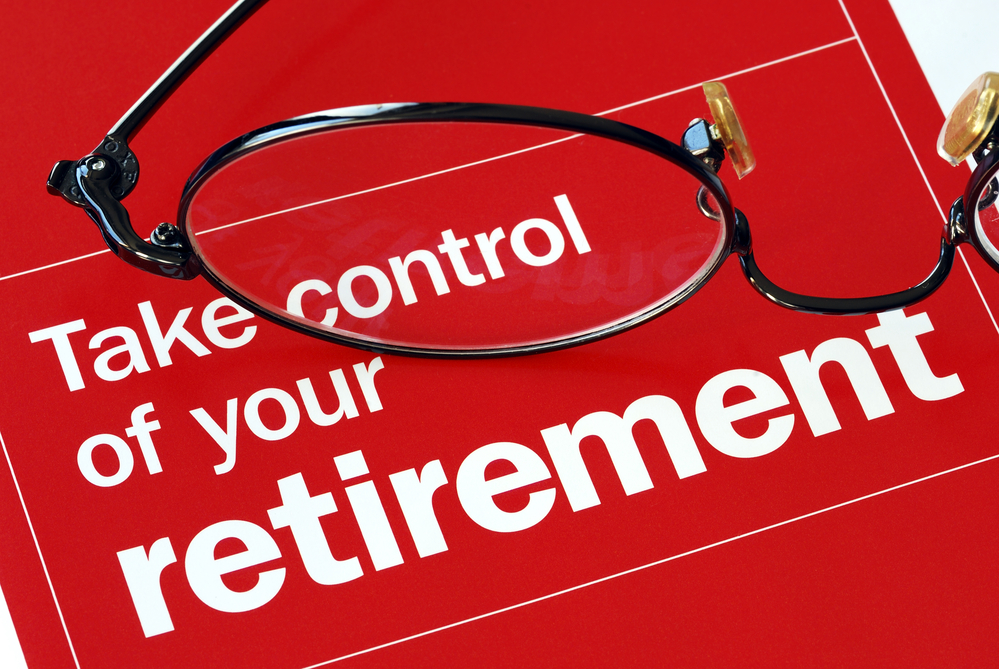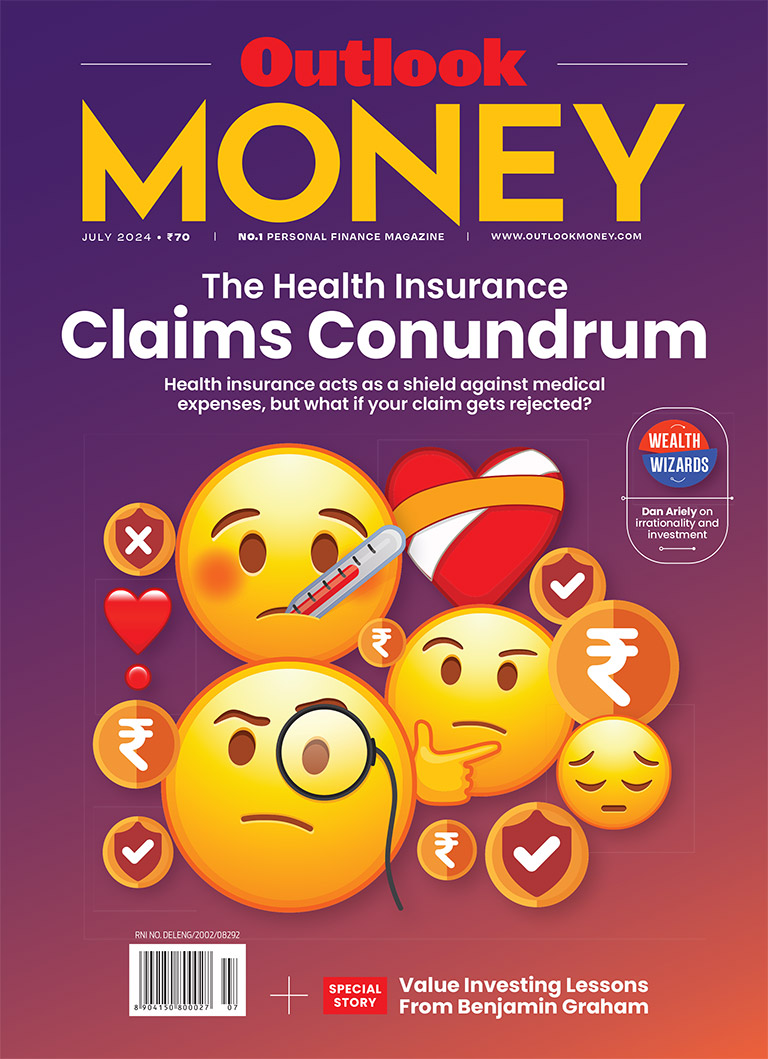Why Fractional Ownership can be an Excellent Asset Class for Retirement
In a post-Covid world, investors will have to challenge financial disruptions so as to achieve their goals

When the sixth richest man talks about money, he is talking business! According to Warren Buffett, ‘Do not save what is left after spending, but spend what is left after saving’. One cannot agree more with this advice because starting and sticking to a savings plan for forthcoming priorities is what can help one build a secure future, especially when it comes to retirement planning.
According to PGIM India Mutual Fund Retirement Readiness Survey 2020, 51 per cent of the respondents had no financial plans for their retirement. Whereas 26 per cent of Indians considered it as a crucial trigger to evade the dread of being dependent on their children or family. Now retirement planning involves a tread-board and may even sound cumbersome. However, picking the right assets backed by a strategic approach can help one build a robust plan which can actually make retirement secured and fun.
While there are endless ways to invest money towards an alternate income source and resort to retirement corpus, investing smartly is the key. Fractional ownership in Commercial Real Estate (CRE) is one such asset class that offers a great option whilst considering a long-term and stable investment. Backed by a smart investment strategy, CRE can prove to be a stable asset class offering capital security, regular income – ranging between 10-12 per cent, portfolio diversification while mitigating potential risks.
Understanding the concept
CRE has always been the best-kept secret in investing. For decades, it has been one of the rare asset classes offering double-digit returns anywhere between 8-15 per cent vis-à-vis other stable asset classes. However, owing to the huge ticket size, lack of expertise, data, and transparency it has always remained restricted to HNIs, Private Equity firms and family offices.
Fractional ownership breaks up an individual asset into portions and allows one to become the owner of a portion or more – based on the investment one makes. An investor can decide which asset he wants to invest in and consequently can form their own investment strategy suited to his risk appetite. Popular in the US and UK, fractional investment is fast emerging as a lucrative option for individuals to invest a small chunk of their savings instead of large sums in real estate.
Why fractional ownership of CRE?
Fractional ownership offers access to institutional grade, commercial assets, which are generally not available to individual investors. A non-volatile investment, it compares favourably with gold, fixed deposits, and corporate bonds. It offers ownership of large properties to be broken into more easily investable portions besides making the commercial real estate more accessible. Hence, investors can own a small fraction of ownership in CRE space, with a minimal amount.
An alternate investment option that offers both passive income generation and long-term capital growth creates an asset class that lends itself to portfolio diversification and is superior to residential investments in terms of yield. Besides, it offers greater liquidity and risk mitigation vis-a-vis traditional real estate investments.
Why is it an excellent resort for my retirement corpus?
Regular Source of Monthly Income: Your personal finances become a concern the most when the continuous cash flow stops post-retirement. Therefore, securing a consistent source of income that generates adequate funds even during the retirement phase is the most crucial parts of retirement planning. Fractional investment offers an assured monthly/quarterly source of passive income and long-term capital growth. Wherein the yields are 3X superior, ranging anywhere between 8 per cent and 12 per cent vis-à-vis conventional investment instruments such as residential or FD offering returns ranging between 2-6 per cent.
Stable asset class: Younger investors can afford to take risks with their investments, while investors closer to retirement need to be conservative. Fractional investments in CRE delivers returns in two ways - capital appreciation and rentals. Thus, CRE not only provides solid, predictable returns but also offers a steady cash flow generally distributed annually, quarterly or even monthly. Now that's because the format does not deploy funds into under-construction projects, thereby ensuring high occupancies and predictable rents and offering a steady cash flow. Moreover, unlike equity and mutual funds, the asset class is not vulnerable to markets shocks. A retirement portfolio in particular needs a stable asset class without exposure to high risks and volatile returns, which is exactly what it offers.
Uncomplicated investments: Including CRE as part of your investment portfolio may seem to be very intense and complicated, but thanks to new-age tech players who offer the best-in-class single window platform to invest seamlessly in assets across the country. By deploying data-driven selection, stringent financial and legal due diligence, and exhaustive selection criteria, they mitigate all asset-related risks besides taking care of the paperwork, and site visits. Retirement being a disengagement phase, no one would want to get involved in unaccustomed and tedious procedures.
Empowering the decision-maker: Ready accessibility to an asset's real-time data, can be rewarding and can even serve as a hedge against market volatility. A data-driven investment approach with insights and finer data checks on properties, locations, pricing, tenancy, building specs, returns, rental yields, etc; enables you to negotiate better while looking for a new asset by identifying and acquiring the right asset the right price. Besides, an investor dashboard at your fingertip helps you evade investment complications through transparency while empowering you take informed decisions.
Hedge against market shocks: Market volatility is the inevitable, and most conventional form of investments are vulnerable to market shocks. In the current wake of the ongoing pandemic lockdown, with businesses hurt, rising volatility of equity markets, extended periods of very low-interest rates, conventional assets have performed poorly. Besides improving returns through sufficient diversification, fractional investment can also reduce portfolio risks – reducing the potential negative impact of market shocks.
Seamless operations and liquidity options: Fractional ownership allows one to switch between assets seamlessly. Besides the advantage of entering into CRE investment at a comparatively lesser investment bracket, investors are not bothered with any overheads. The exit options too are fast and easy. Whenever one decides to sell their ownership in any asset, all they have to do is inform the investment platform and set up an internal auction of his shares.
The crux: The pandemic has forced investors to reconsider their investment options in the light of many uncertainties, and retirement planning is no exception. In a post-Covid world, investors will have to deliberate on ways to challenge the financial disruptions so as to achieve their financial goals. CRE in India is a $5 billion dollar industry that continues to grow each year. Driven by the growing formal economy and premium commercial properties, it represents a lucrative investment opportunity whereby one can attain longer-term financial goals through smart investing.
The author is Co-founder, Strata
DISCLAIMER: Views expressed are the author's own, and Outlook Money does not necessarily subscribe to them. Outlook Money shall not be responsible for any damage caused to any person/organisation directly or indirectly.









